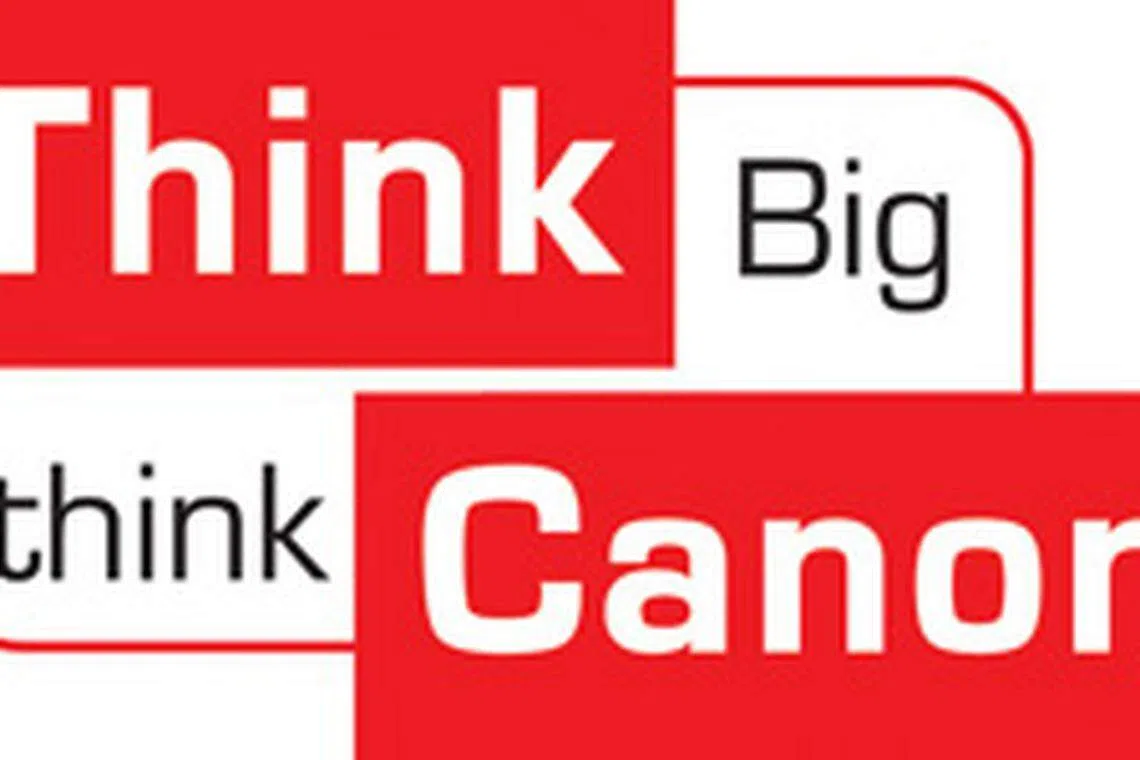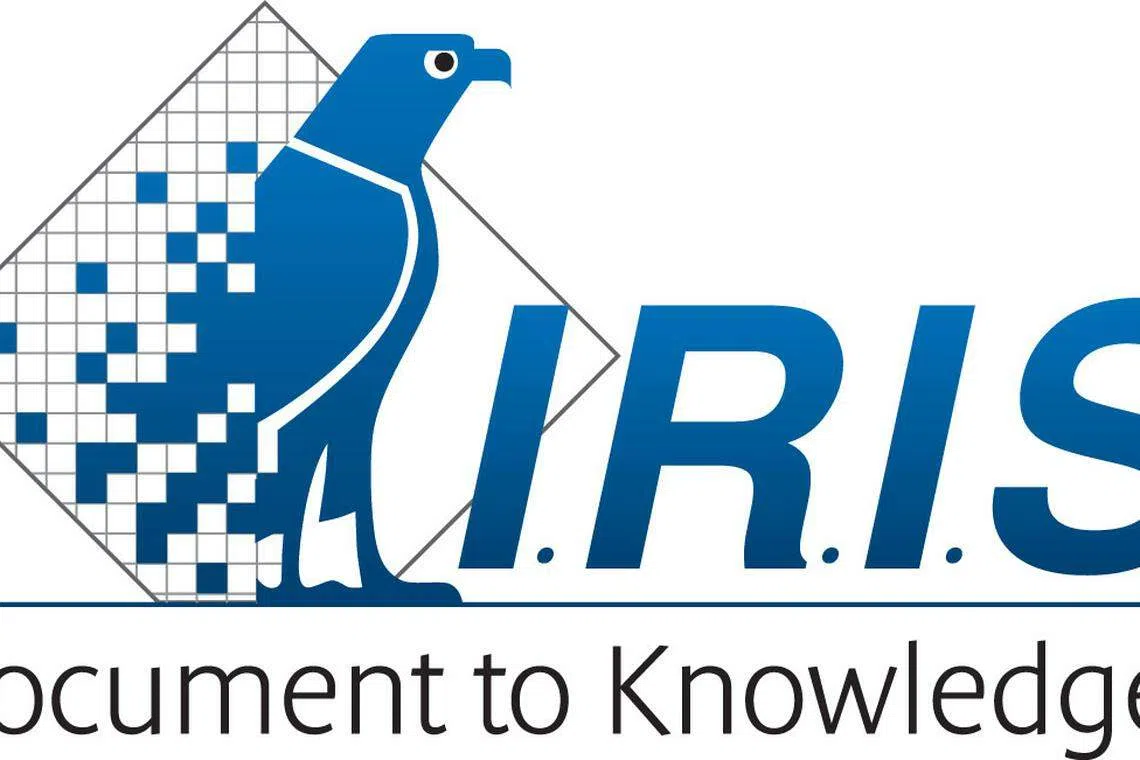Making sense of future economy, now
Buzzwords such as "transformation" and "innovation" are trending at the moment, but we need to adapt it locally
Buzzwords such as "transformation" and "innovation" are trending at the moment. Where the "Transformation Now" seminar stood out was the emphasis on localising transformation. That is, adapting a global trend to the Singapore context.
Such efforts range from speaking to business owners in the local vernacular, to an emphasis on drawing out your own qualities to bring about innovation, like cultivating your own soft skills, and shifts from a reliance on hard skills.
These points were brought up during the seminar, held on May 18. It was organised by The Business Times and supported by Canon. It is part of the Think Big Leadership Business Series.
Speaker: Dr Tan Khee Giap Title, Institution: Co-Director, Asia Competitiveness Institute, Lee Kuan Yew School of Public Policy, National University of Singapore
Topic: How to compete more effectively in the region
Dr Tan noted that Singapore is a highly open cosmopolitan city state that is made up of "one country, two economies and three classes". The new normal for the Singapore economy is low and slow growth.
By "two economies", Dr Tan was referring to the international and domestic economies. The "three classes" that he spoke about are: the wealthy privileged class which makes up about one per cent of the population; the PMETs (professionals, managers, executives and technicians) as the middle class; and the economic-socio underclass which forms 10 to 15 per cent of the population.
He pointed out that by having PMETs make up a large section of the population, they add stability to the Singapore economy. This is also congruent with the structural transformation of the local economy to the knowledge-intensive stage.
When Singapore companies decide to expand into the region, Dr Tan spoke about the need to develop extensive business networks in these countries. Doing so would include understanding local business practices, respecting indigenous cultures, and familiarity with how the government functions in other countries.
He talked about the difference between being "a hard worker" and "a smart worker" - the former is one who logs long hours while the latter tries to maximise revenue from each dollar of inputs - and he pushed for the move to being a smart worker.
Enterprise Future Initiative: Transforming SMEs into Promising Local Enterprises
The Singapore government's vision for local SMEs is for them to be realised as Promising Local Enterprises (PLCs).
With this vision in mind, the Asia Competitiveness Institute (ACI) at the Lee Kuan Yew School of Public Policy will take on the Enterprise Future Initiative (EFI).
This was announced by Dr Tan Khee Giap, co-director of ACI, on the first day (May 18) of Canon's "Transformation Now" event.
For this initiative, the ACI will work with trade associations and business chambers in Singapore. The EFI will strengthen the digital capabilities of small and medium-sized enterprises (SMEs). The purpose in doing so is to encourage SMEs to innovate and to scale up.
They are also directed to take up the resources provided under the seven broad strategies mentioned in the report by the Committee on the Future Economy. To launch the EFI, ACI is constructing a SMEs Productivity Tracking and Efficiency Monitoring (PTEM) Index. There are five objectives for this index. They are:
Speaker: Mr Stuart Smith Title, Institution: Chief of Service Innovation & Design, Institute of Systems Science, National University of Singapore
Topic: The art & science of innovation: How to start and sustain a creative culture for growth
Mr Smith started his segment by laying out the definition of innovation. He considers this to be bringing in something new. One local example of innovation would be the experience or service innovation brought about by introducing bike rentals to the public.
He went on to expand the scope of the discussion by comparing innovation with creativity and design. He considered creativity as an act of thinking and imagining new ideas. And design "links creativity and innovation". Quoting further from the Cox Review of Creativity in Business: "(Design) shapes ideas to become practical and attractive propositions for users or customers. Design may be described as creativity deployed to a specific end."
He also said that "soft (skills) are the new hard (skills)". There is a need to switch to focusing on soft skills as jobs that merely require hard skills can be easily outsourced.
Then drawing the audience back to the topic of his segment, "The art and science of innovation", he explained what made up the "science" and "art" of it.
The science of innovation comprises dedicating resources, with time being a more crucial one than money now. Then, there is a need to understand technology and, to see the surrounding environment in terms of systems and networks. To this second end, some concepts are helpful. They are: network theory, system theory, self-organisation theory, and understanding nonlinear systems, adaptation and evolution.
On the art of innovation, this comes from deliberate and consistent practice, experimentation and failure, and fostering creativity. In addition, it is important to understand the impact that storytelling can have in constructing a narrative for an innovation.
Innovation should be adapted to your context as well, for it to be useful. Lastly, Mr Smith spoke about forgoing perfect conditions to put out an innovation; and resilience and perseverance are needed as the process of innovation is a slog.
Speaker: Dr Wilson Chew Title, Institution: Partner, Strategy, PricewaterhouseCoopers Singapore
Topic: Building a future-proof Singapore business
One of the topics that Dr Chew spoke on was how businesses can innovate in five steps. They are:
Change the way business owners think Bringing about innovation starts with changing the way someone thinks ("a mindset change"). There are changes and there are changes for the better. One way to move in the right direction is to seek the opinions of the stakeholders whom a company does business with. This could be their suppliers or customers; not just business consultants.
Search and identify their own strengths A company can choose to play to their strengths. To do so, business owners should be able to articulate why their companies are great. And the strengths found in the company's core competencies make firm starting points for innovations, and for identifying new growth drivers.
Explore the external ecosystem Companies do not exist in silos. Pressures exerted by marcoeconomic forces and competition have an impact on a company's existence. Hence companies need to be aware of the ongoings in their external ecosystem, and align their corporate strategies to it.
Identify new areas of innovation In his book Differentiation (which was distributed at this event), Dr Chew quotes three strategic growth options that were mentioned by H. I. Ansoff in the Harvard Business Review in 1957. They are: developing better efficiency and improving marketing efforts; developing new markets; and developing next generation products and services.
Find progressive innovation The keyword here is "progressive". Innovation can come across as an overwhelming idea. And making incremental improvements to an existing product - that is, progressive innovation - is no less impactful than a successful invention.
Panel Discussion: What does it take to make a difference for my business?
Moderator: Mr R Sivanithy, The Business Times Participants:
The moderator, Mr R Sivanithy of The Business Times, started the discussion by saying that SMEs have been given an insight into the government's thinking on the direction for the future economy. This came via two important documents - the Committee on the Future Economy report and the Budget. He added that there was now plenty of advice from experts about how to successfully transform businesses to meet the challenges brought by tech disruption, but the bottom line is whether all these measures helped the businesses make more money.
Ultimately, SMEs want to know how they can survive, grow their businesses and remain profitable. Turning to Mr Ho of the SBF, he asked if local SMEs have responded well to disruption.
Mr Ho replied that from a November 2016 survey done by his organisation, generally business owners agree that they need to transform. Larger companies have done so by carrying out a major restructuring in the last 12 months.
But this is markedly less so for SMEs. He said that the restructuring journey has only just started, particularly for smaller companies. The SBF is helping companies get on this journey by ensuring that it is a good platform and a good network for members to transform.
However, concepts such as "productivity" and "transformation", which have appeared in the Budget report, may come across as too abstract for some business owners, said Dr Tan of ACI, LKY School of Public Policy. He added that to make such reading more palatable, the concepts could be translated to a language or dialect which the owners are proficient in.
Dr Chew of PwC Singapore went on to say that amid the ongoing transformation, the burden is on SME owners to look at how they can move their organisations forward and advance.
Giving an insight into the transformation journey, Ms Chong of IMDA noted that when she meets SME owners, their workers and customers are ready for digital transformation, but the owners are less so. The discussion then turned to some of the ways IMDA can help companies digitise their businesses.
The resistance to transformation is a confidence issue, opined Dr Tan. One way of overcoming this issue is to coach workers in the use of digital devices in a language that they're familiar with, apart from English. He also provided an example of an SME that has succeeded in regional expansion without government help - shoe company Charles & Keith which has a clear understanding of what its customers want and is nimble enough to respond to changing tastes.
Ms Chong also said that there are challenges to deploying technology effectively. One fear of workers in the F&B business is that robots will take over their jobs. One way business owners can solve this problem is by optimising the division of work between the robots and their workers. Ultimately, every organisation must find future revenue from making good decisions today, said Dr Chew. Much of these good decisions are about finding strong differentiation in their products and services and their business models. If business owners do that now, they are likely to replicate their business success in the years to come.
In wrapping up the discussion, Mr Ho reiterated that the transformation effort is worth taking on although it is not easy to execute. Apart from the government, business owners need to make a conscious effort to participate. And transformation is urgent because the competitive pressure in the region is great.
Agreeing, Ms Chong added that the government stands ready to help with many initiatives but the onus is on companies to come forward and ask for the help.
For more related articles, please read:
This page is brought to you by:




WITH the goal of enabling small and medium enterprises (SMEs) to achieve higher productivity with advanced and secure work processes made simple, Canon's new fleet of imageRUNNER ADVANCE (iR-ADV) C355i, C3500i and 4500i series of multifunction devices (MFDs) integrated with uniFLOW online demonstrates these top 6 capabilities.
Workflow Efficiency Designed around workgroups with features of individual user picture log-in and default settings from language to frequent document imaging tasks and address list. Intelligent features such as Skip Blank Page allows user to remove blank page when scanning documents for archival.
Cost Management Canon's renowned reliability, combined with remote diagnostics and assistance, help reduce costs by minimising downtime and administrative interventions.
Data and Network Security HDD Erase removes latent images after each task. In addition, HDD Format removes and overwrites all data, along with HDD Data Encryption which protects information even after hard drive removal, and is now FIPS 140-2 validated.
Reliability Canon's Vivid & Vibrant Colour technology maximises the capability to deliver impressive printouts. The imageRUNNER ADVANCE platform has earned numerous awards and recognition from leading industry analysts for its innovation, design and environmental features.
Sustainability Canon's imageRUNNER ADVANCE systems are EPEAT rated, and offer class-leading Typical Electricity Consumption (TEC) ratings.
Designed with strong consideration for sustainability, every device incorporates recycled materials and bio-based plastic, made from plant-derived resources into some internal parts. Through its Life Cycle Assessment (LCA) System, Canon has also lowered carbon dioxide emissions by focusing on each stage of the product life cycle, including manufacturing, energy use and logistics.
Server-less Print Canon's imageRUNNER ADVANCE series is equipped with a secure cloud-based printing solution, enabling businesses to increase print security and reduce IT overheads.


For more information, please visit www.canon.com.sg/copierdeals
BT is now on Telegram!
For daily updates on weekdays and specially selected content for the weekend. Subscribe to t.me/BizTimes
International
Chinese tourists are again embracing international travel
Abu Dhabi raises US$5 billion with first eurobonds in three years
Thailand’s 500 billion baht handout aims to boost overall economy, not geared to poor: official
German business sentiment rises more than expected in April: Ifo
Indonesia’s central bank surprises with “pre-emptive” rate hike to cushion falling rupiah
Prabowo’s aide says Indonesia doesn’t need another rate hike
